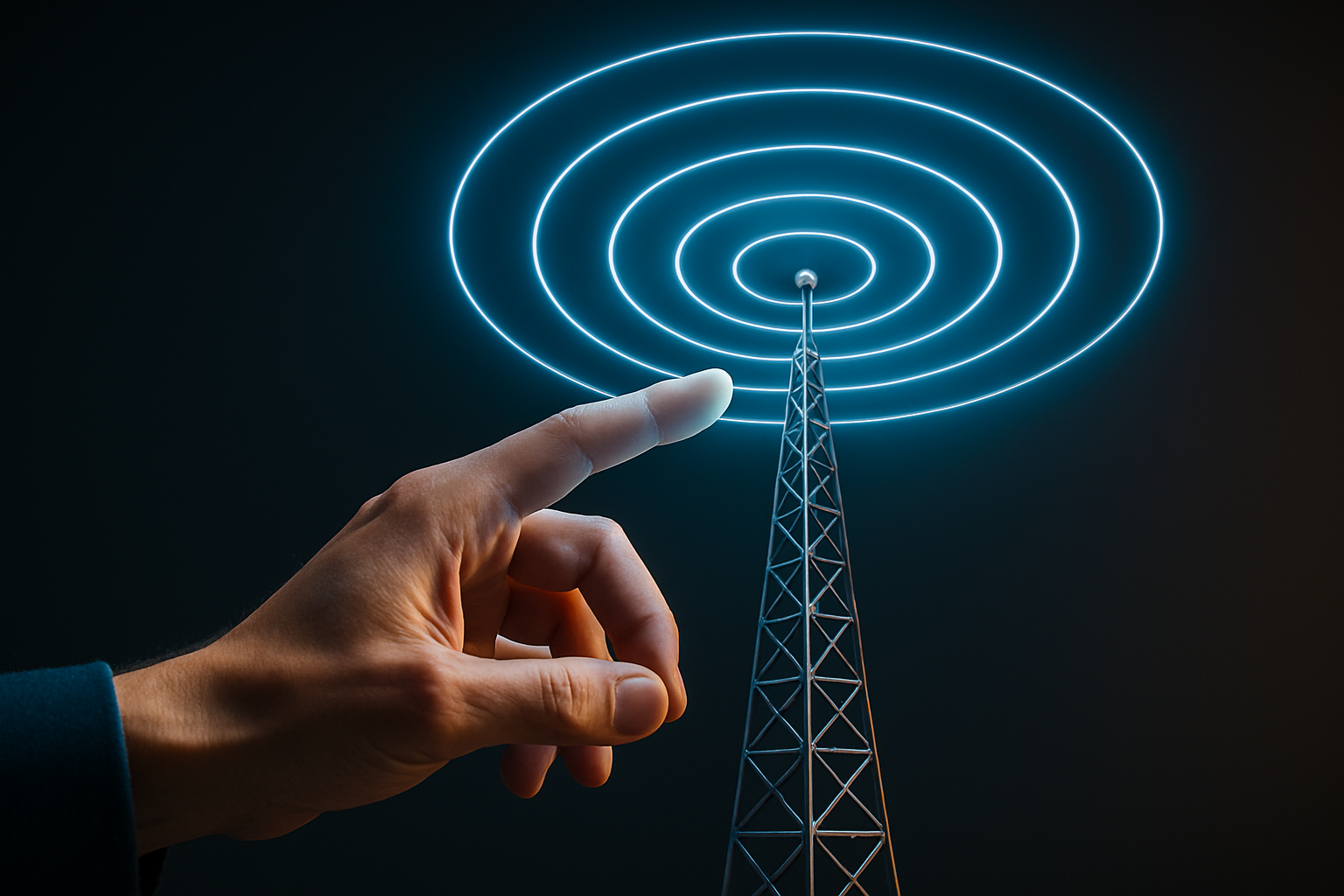Unraveling the Potential of Terahertz Communication: A New Frontier in Telecommunications
The history of telecommunications is a fascinating journey, marked by a series of groundbreaking innovations. From the invention of the telegraph in the 19th century to the advent of the internet and mobile communications in the late 20th century, each development has revolutionized the way we communicate. Today, as we stand on the brink of another technological leap, it's time to delve into the potential of terahertz communication.

Terahertz Communication: A New Era in Connectivity
Terahertz communication, operating in the frequency range of 0.1 to 10 terahertz, promises unprecedented data transfer speeds, potentially surpassing the capabilities of current wireless technologies. This emerging technology could redefine the future of telecommunications, paving the way for ultra-fast, high-capacity networks.
The Impact of Terahertz Communication: Opportunities and Challenges
The potential impact of terahertz communication is immense. It could enable real-time streaming of high-definition content, ultra-fast downloads, and seamless connectivity in densely populated areas. However, the technology also presents significant challenges. For instance, terahertz waves have a limited range and can be easily absorbed by atmospheric gases, which could impact signal strength and reliability.
Practical Applications: From Healthcare to Space Exploration
Beyond telecommunications, terahertz communication could have far-reaching applications in various fields. In healthcare, it could enable high-resolution imaging for early disease detection. In space exploration, it could facilitate high-speed data transmission between Earth and spacecraft. However, these applications are still in the exploratory stage, and much research is needed to fully realize the potential of this technology.
Looking Ahead: The Future of Terahertz Communication
As we look to the future, it’s clear that terahertz communication could play a pivotal role in shaping the next generation of telecommunications. However, significant research and development efforts are needed to overcome the technical challenges and make this technology commercially viable. As we continue to push the boundaries of connectivity, the potential of terahertz communication offers an exciting glimpse into the future of telecommunications.
In conclusion, terahertz communication represents a new frontier in telecommunications, promising ultra-fast data transfer speeds and high-capacity networks. While the technology presents significant challenges, its potential impact and wide-ranging applications make it a promising area for future research and development. As we continue to explore this emerging field, we may well be on the cusp of another telecommunications revolution.




